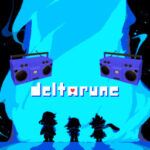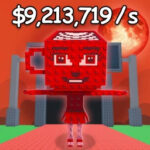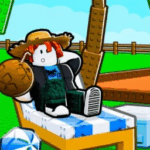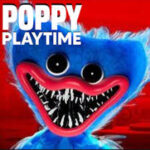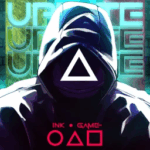Popular Now
While Gacha Life has faced criticism for certain community behavior, its core offering remains a powerful creative tool for self-expression, storytelling, and community building — especially among younger audiences. Created by Lunime, this anime-inspired dress-up and scene-making game allows players to develop characters, scripts, and short films without the need for coding, drawing skills, or technical animation knowledge. This article delves deeply into the positive aspects of Gacha Life, showing how it encourages artistic growth, emotional development, and collaborative creativity. From its design to the stories it inspires, Gacha Life proves that with the right guidance, even a simple game can be a launchpad for lifelong passions.
The Birth of a Game Focused on Creativity
Lunime's Vision for Gacha Life
Lunime launched Gacha Life in 2018 with the goal of offering players a casual, fun, and accessible creative experience. It wasn’t meant to be just a dress-up simulator — it was an open canvas where users could construct their own stories using animated characters. The focus on skit building, character customization, and scene creation helped it stand out in a crowded mobile game market.

Early Popularity and Audience Reception
From the beginning, the game attracted users who weren’t typically drawn to combat or strategy-based games. Kids, teens, and even adults gravitated toward Gacha Life because it offered a new way to be imaginative. Players could be writers, directors, costume designers, and editors — all within a single app. This level of control created a new space for digital storytelling on mobile.
Building a New Generation of Digital Storytellers
Gacha Life as a Storyboarding Tool
With tools like the Skit Maker, Gacha Life empowers users to turn abstract story ideas into visual narratives. They can script dialogue, adjust character poses, use custom backgrounds, and change facial expressions to convey emotion. It serves as a basic form of storyboarding, an essential technique in animation, filmmaking, and game development.
Early Exposure to Narrative Thinking
By designing character arcs, plot twists, and dialogue, players develop an intuitive understanding of how stories work. They learn pacing, tone, conflict, and resolution — often without realizing it. This early exposure to narrative structure is valuable, especially for younger users who may not have access to formal writing classes.
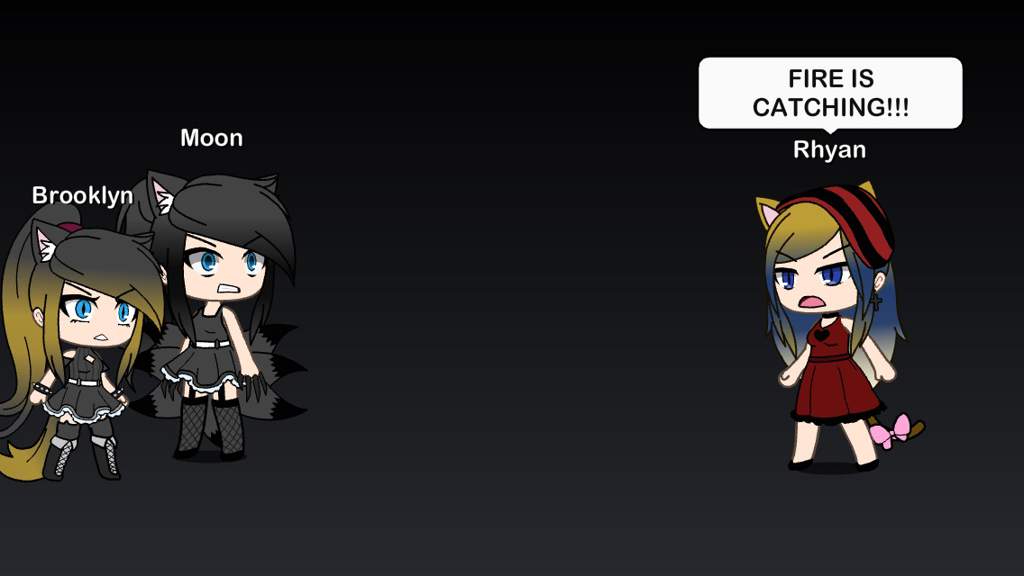
Encouraging Emotional Intelligence Through Roleplay
Empathy Through Character Creation
When players create characters with backstories, goals, and personalities, they begin to step into others’ shoes. This roleplay mechanic fosters empathy, especially when users design characters that are different from themselves. Whether it’s portraying someone with social anxiety or showing a shy character overcoming a challenge, these stories build emotional awareness.
Safe Space for Identity Exploration
For many young users, Gacha Life offers a low-risk environment to explore identity — from gender expression to social roles. It’s easier to express uncertainty or test ideas through a digital avatar. Players often work through personal struggles using fictional characters, which can be therapeutic and confidence-building.
Democratizing Animation for Aspiring Creators
No Coding, No Drawing — Just Creativity
Unlike traditional animation tools that require software knowledge or artistic ability, Gacha Life provides plug-and-play animation. The ability to place characters, control expressions, and write dialogue means that storytelling isn’t locked behind skill barriers. This democratization allows more people — especially kids — to express themselves through animation.
Launching Future Creators
Many Gacha Life users credit the game for sparking their interest in filmmaking, animation, or writing. Some go on to use more advanced tools like Adobe Animate or Blender, but Gacha Life was their entry point. It gives users the confidence to believe that their ideas are worth bringing to life.
The Rise of the Gachatuber Community
Content Creation and YouTube Integration
Gacha Life content exploded on YouTube. Known as Gachatubers, these creators publish music videos, skits, reaction stories, and even episodic dramas using scenes made in the game. These videos get millions of views, creating fanbases, collaborations, and creator brands — all stemming from Gacha Life.
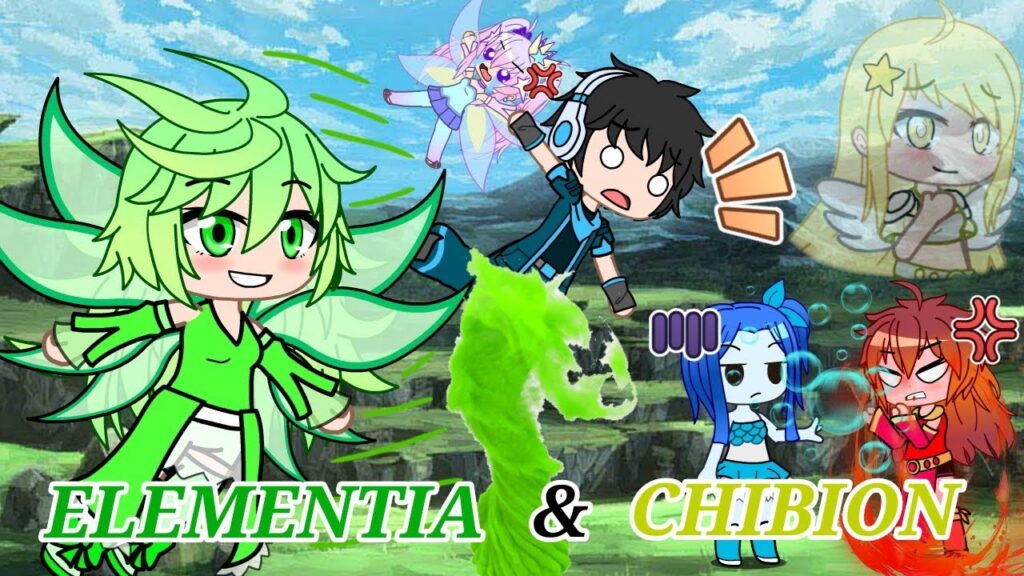
Positive Influencers and Community Standards
Not all Gachatubers chase controversy. Many focus on wholesome, creative, and emotionally meaningful content. These creators act as role models, teaching young fans how to handle emotions, support friends, and make positive content. They often speak out against toxicity, encouraging a more supportive community.
Fostering Collaboration and Peer Learning
Shared Projects and Roleplay Teams
Gacha Life users frequently collaborate on large projects — from full-length videos to multi-part story arcs. These group efforts teach teamwork, deadlines, constructive criticism, and project management. Roles are divided between scriptwriters, scene designers, and voice actors, resembling mini production studios.
Learning Through Peer Feedback
Community groups on Discord, Reddit, and YouTube serve as feedback hubs. Users post their work and receive critiques, tips, and praise from peers. This environment creates a feedback loop where learning is fun and community-driven. The social nature of Gacha Life encourages growth through interaction.
Educational Potential in Classroom and Therapy Settings
A Creative Tool for Educators
Some teachers and youth counselors have recognized the value of Gacha Life in educational settings. Students can create historical re-enactments, moral dilemmas, or character diaries through the app. It combines visual storytelling with writing skills and helps educators reach students who are less engaged with traditional methods.
Supporting Mental Health and Social Skills
In therapy contexts, Gacha Life can help children who struggle with verbal communication. They might design a scene about bullying or friendship, which opens up opportunities for discussion. Therapists and educators have used the app to build rapport and explore sensitive topics in a non-threatening way.
Cultural Inclusion and Representation
Diverse Character Creation Tools
Gacha Life offers a wide range of customizable features — from skin tones and hairstyles to fantasy-themed costumes and cultural outfits. This allows players to represent themselves and others authentically. Players can design characters that reflect different nationalities, body types, and abilities, promoting diversity and inclusion.

Global Community Engagement
Players from all over the world contribute to the Gacha Life ecosystem. This fosters cultural exchange, where users are exposed to different storytelling styles, humor, and traditions. It helps normalize cultural diversity and promotes mutual respect through shared creative experiences.
Promoting Self-Made Success and Digital Entrepreneurship
Monetization and Brand Building
Some Gacha Life creators have turned their hobby into a career. By creating consistent, high-quality content, they attract large followings on YouTube and earn through ads, sponsorships, and Patreon. The game becomes a platform for digital entrepreneurship, teaching branding, marketing, and media production.
Skills That Transfer to the Real World
Gacha Life creators often learn:
-
Video editing (using apps like CapCut or KineMaster)
-
Sound design and voiceover
-
Writing dialogue and scripts
-
Managing deadlines and schedules
These skills are marketable and build a foundation for jobs in creative industries.
Safe Gacha Movements and Positive Community Culture
The Rise of Safe Gacha Tags
To distinguish themselves from inappropriate content, many creators now use hashtags like #SafeGacha, #WholesomeGacha, and #PositiveGacha. These tags make it easier for younger audiences and parents to find age-appropriate, uplifting content.
Mentorship Within the Community
Older or more experienced creators often mentor new users, guiding them toward respectful content creation. These mentorships lead to strong community bonds and reinforce values like kindness, inclusion, and creativity. In this way, the community self-regulates and supports its own growth.
The Lasting Impact of Gacha Life on Young Creators
From Game to Gateway
For many users, Gacha Life is more than just a game — it’s a stepping stone. It introduces animation, storytelling, emotional expression, and collaboration in an approachable way. Long after players move on to other tools or platforms, they often credit Gacha Life for sparking their interest in the creative arts.
A Model for Future Creative Platforms
Gacha Life represents a new model of interactive storytelling. It blurs the line between game and creative software, giving users not just entertainment, but a voice. Its success demonstrates the demand for tools that allow young people to make meaningful, imaginative content — and offers lessons for future developers aiming to empower their communities.
Conclusion
Gacha Life is a surprisingly powerful tool for creativity, self-expression, and storytelling. While it’s often overshadowed by controversy, the game has helped millions of young users explore their emotions, develop their storytelling skills, and build communities based on shared creativity. It fosters empathy, teaches project management, and introduces digital media skills in a way that's fun and accessible. Whether used for play, education, therapy, or content creation, Gacha Life proves that games can be more than just games — they can be platforms for personal and artistic growth.

